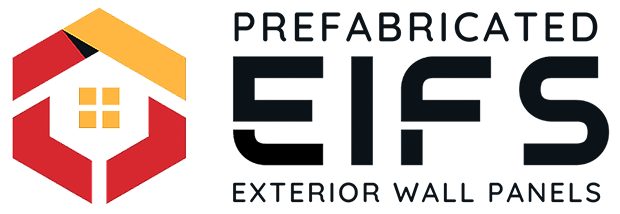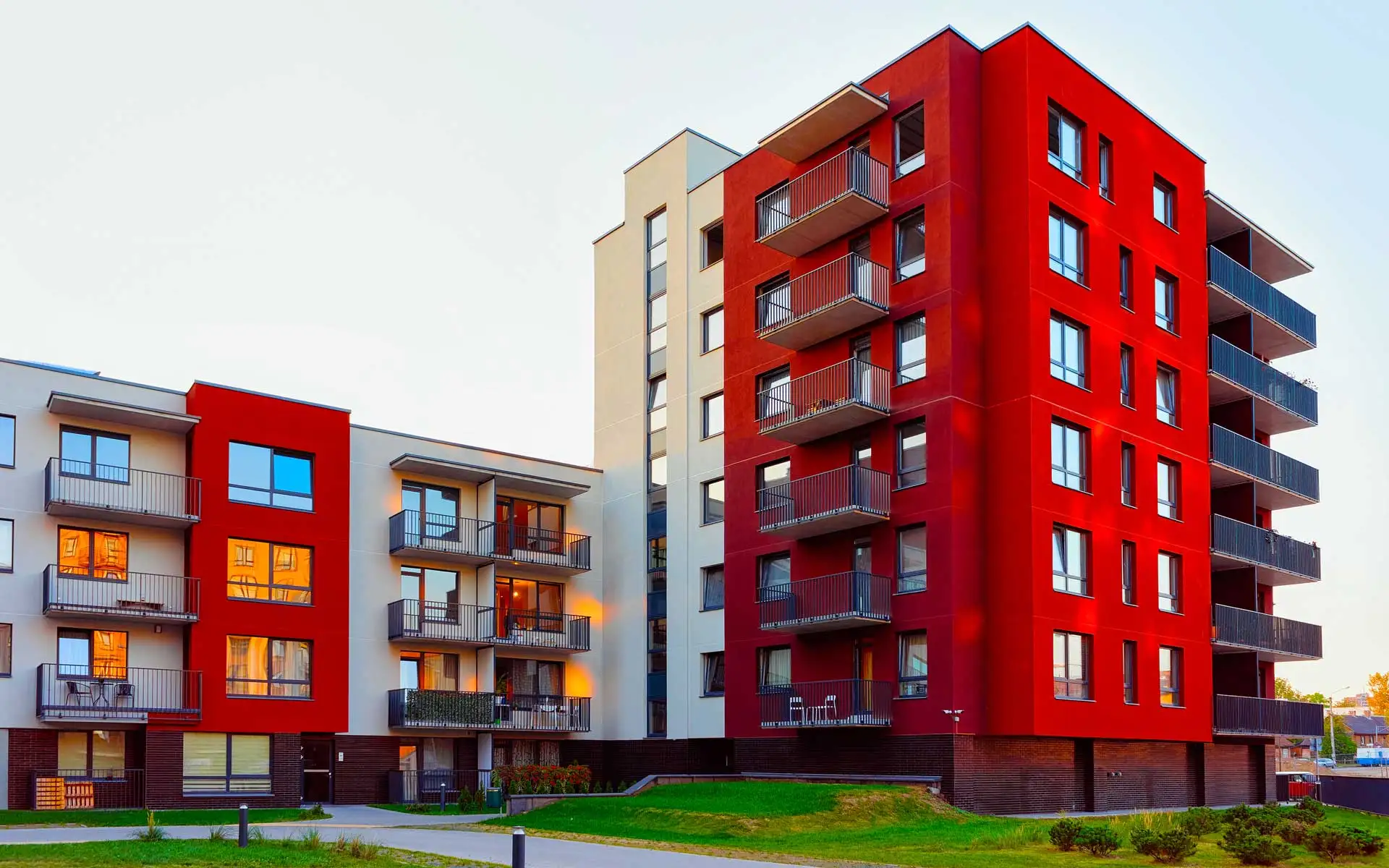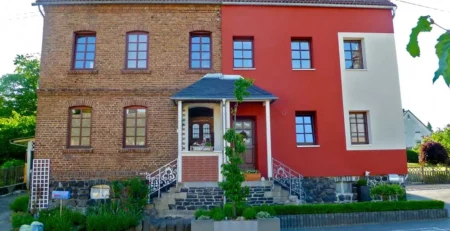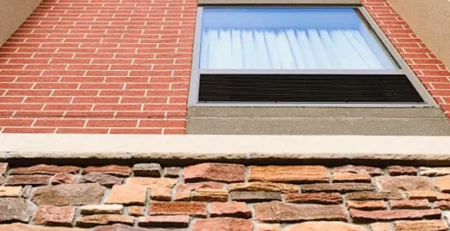Embracing Green Technology in EIFS Construction: A Sustainable Approach to Building Envelopes
As sustainability becomes an increasingly critical consideration in the construction industry, green technology is transforming how buildings are designed, constructed, and maintained. One such innovation is the integration of green technology in Exterior Insulation and Finish Systems (EIFS), which offers several ecological and energy-saving benefits. EIFS is known for its superior insulation and aesthetic versatility, and now, when combined with green technologies, it contributes significantly to environmental sustainability. This article explores how green technology is reshaping EIFS construction, its benefits, and future implications for sustainable building practices.
What is EIFS?
Exterior Insulation and Finish System (EIFS) is a type of building cladding system that provides insulation, weather protection, and a finished surface in a single integrated process. Consisting of layers such as an insulation board, a reinforcing mesh, and a finishing coat, EIFS is widely recognized for its ability to enhance energy efficiency by providing thermal insulation on the exterior of a building.
Green Technologies in EIFS
Green technology in EIFS construction focuses on reducing environmental impact and improving the energy performance of buildings. Here are some notable green innovations in EIFS:
- High-Performance Insulation Materials: One of the core elements of EIFS is its insulation layer, which traditionally uses expanded polystyrene (EPS). However, green technology is driving the use of eco-friendly and high-performance insulation materials like mineral wool, cork, or even recycled EPS. These materials not only offer superior thermal insulation but also have lower carbon footprints during manufacturing.
- Integration of Renewable Energy Systems: Some advanced EIFS installations are incorporating renewable energy solutions, such as thin-film solar panels, into the exterior cladding. This allows buildings to generate clean energy while benefiting from the insulation provided by EIFS. Integrating solar power with EIFS helps reduce a building’s dependence on fossil fuels and lowers its overall carbon emissions.
- Water Management Systems: Modern EIFS designs now integrate advanced water management features, making them more environmentally sustainable. These systems help divert and manage rainwater or melting snow, minimizing water penetration and damage to the building envelope. Sustainable EIFS solutions often include permeable membranes or drainage systems to ensure that buildings remain dry and energy-efficient over time, reducing the need for repairs and maintenance.
- Low-VOC Finishes and Coatings: Green EIFS technologies now emphasize the use of low- or zero-VOC (volatile organic compounds) finishes and coatings. These environmentally friendly coatings reduce the release of harmful chemicals into the atmosphere, improving indoor air quality and promoting healthier living environments. Low-VOC finishes also contribute to reducing the overall carbon footprint of the building project.
- Prefabrication and Modular Construction: Prefabrication of EIFS panels, which reduces waste, construction time, and energy consumption, is becoming increasingly popular. These panels are produced in controlled environments, ensuring precision and minimal waste of materials. They can then be quickly assembled on-site, reducing the overall environmental impact and cutting down on transportation emissions.
Benefits of Green EIFS Technology
The integration of green technology into EIFS systems offers a wide range of benefits, particularly for eco-conscious builders, developers, and homeowners:
- Energy Efficiency: The core benefit of EIFS is enhanced thermal insulation, which directly leads to reduced heating and cooling demands. This helps buildings achieve higher energy efficiency ratings, lowering utility bills and reducing overall carbon emissions.
- Reduced Environmental Impact: By incorporating sustainable materials and green technologies, EIFS construction reduces waste, limits the use of harmful chemicals, and conserves natural resources. The long lifespan of EIFS also minimizes the need for replacements and repairs, which further reduces waste over time.
- Improved Indoor Air Quality: The use of low-VOC materials in modern EIFS systems helps maintain healthier indoor air quality, reducing exposure to harmful pollutants and chemicals for occupants. This is particularly important in residential and commercial buildings where air quality plays a role in occupant health.
- Sustainability Certifications: Buildings incorporating green EIFS technology can contribute to achieving sustainability certifications like LEED (Leadership in Energy and Environmental Design) or BREEAM (Building Research Establishment Environmental Assessment Method). These certifications are valuable in the real estate market as they enhance the building’s marketability and value while ensuring adherence to strict environmental standards.
The Future of Green EIFS Technology
The future of green EIFS technology is poised for continued growth, driven by the rising demand for sustainable and energy-efficient buildings. Advancements in materials science, the adoption of circular economy principles, and the increasing emphasis on building resilience against climate change are expected to further enhance the capabilities of EIFS.
Emerging trends such as smart EIFS, which incorporate sensor technologies to monitor building performance and maintenance needs, may also play a role in improving the efficiency and sustainability of these systems. Additionally, as governments and regulatory bodies worldwide continue to push for stricter energy and environmental standards, the adoption of green EIFS technology will likely become a cornerstone in sustainable building practices.
Conclusion
Green technology is revolutionizing the EIFS industry, making it more environmentally friendly, energy-efficient, and adaptable to modern construction needs. By embracing high-performance insulation, renewable energy integration, water management systems, and low-VOC materials, EIFS construction is evolving into a greener alternative that aligns with global sustainability goals. As these innovations continue to develop, EIFS will remain an essential tool in the transition toward a more sustainable and resilient built environment.
By adopting green EIFS technology, builders and architects can make a positive impact on the environment while meeting the growing demand for eco-friendly buildings.



